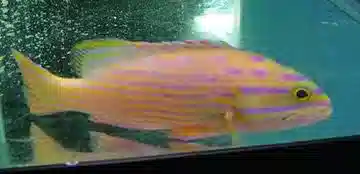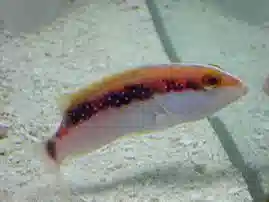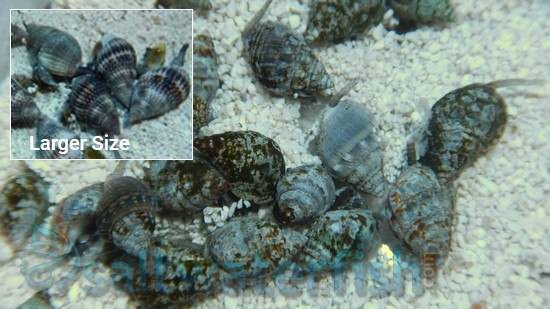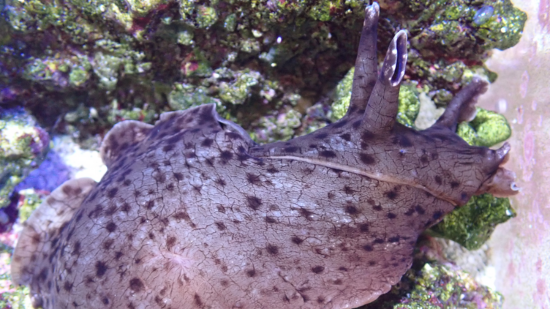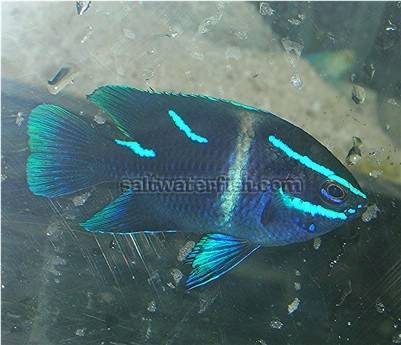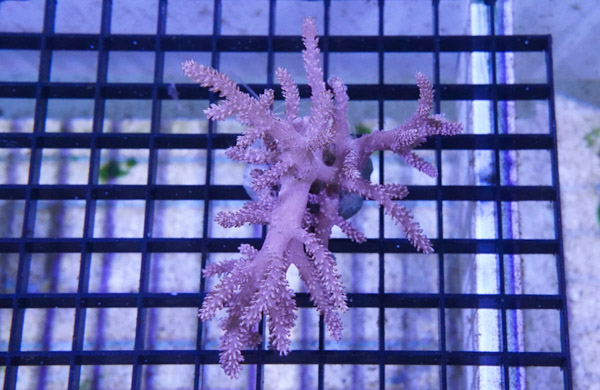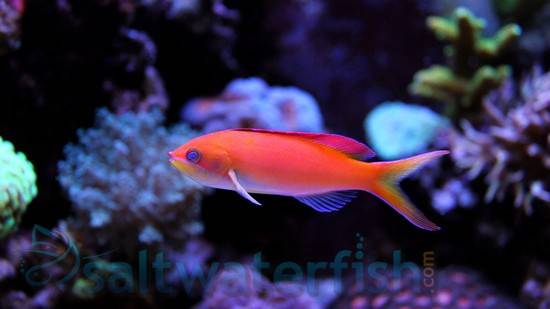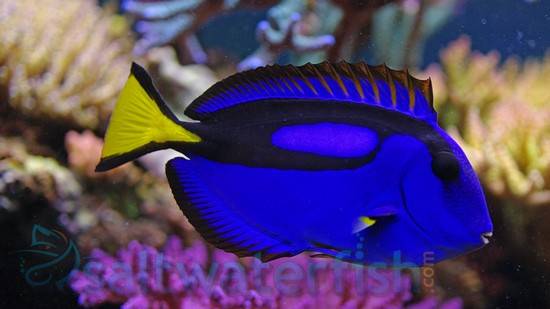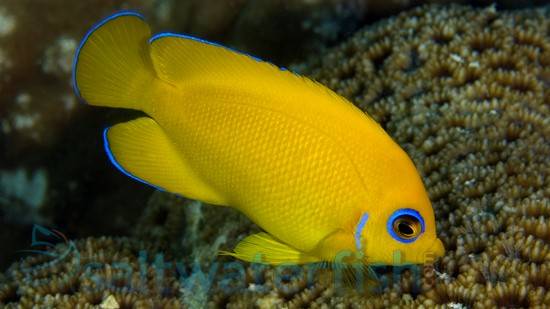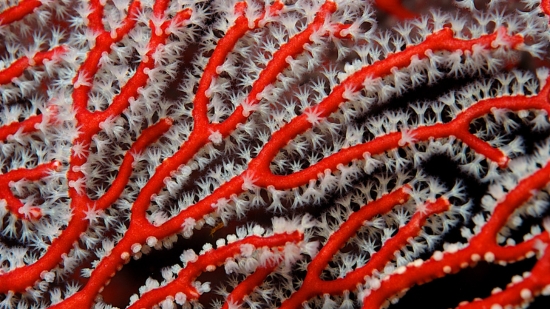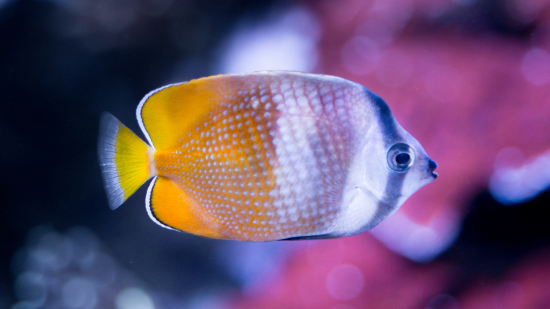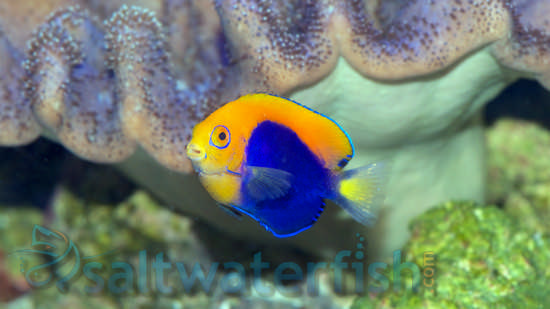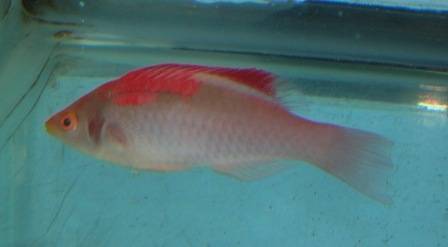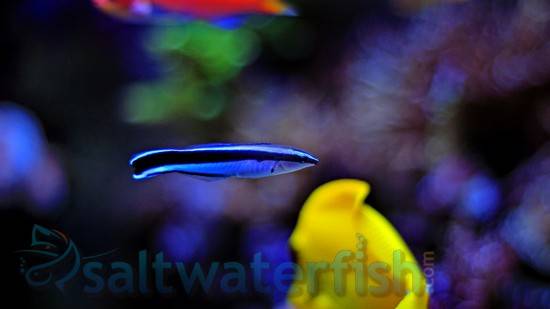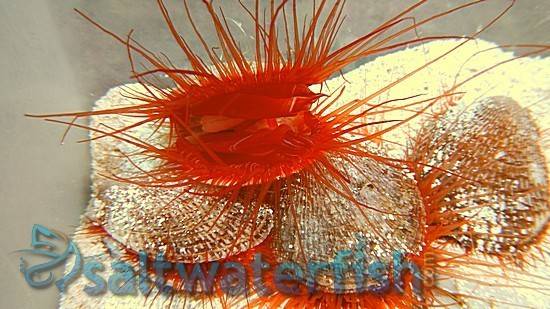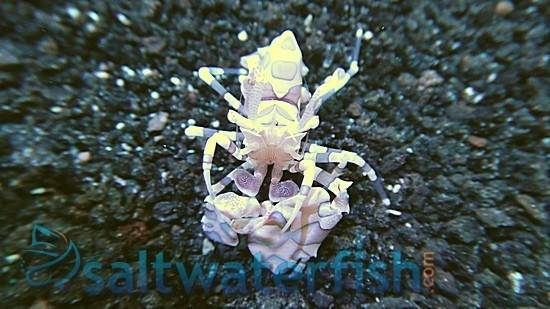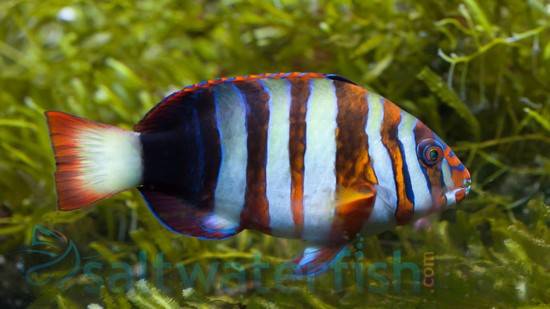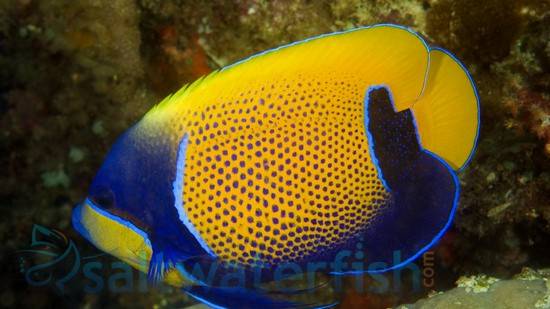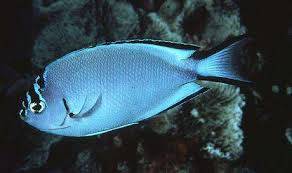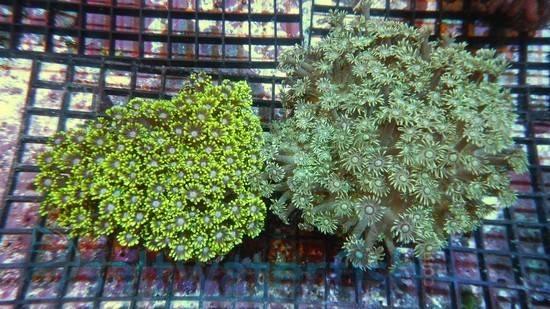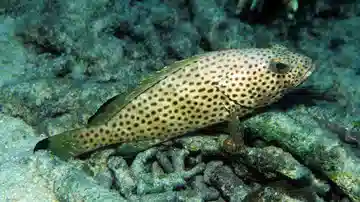Red Hind Grouper - Atlantic
Epinephelus guttatus
(0 Reviews)
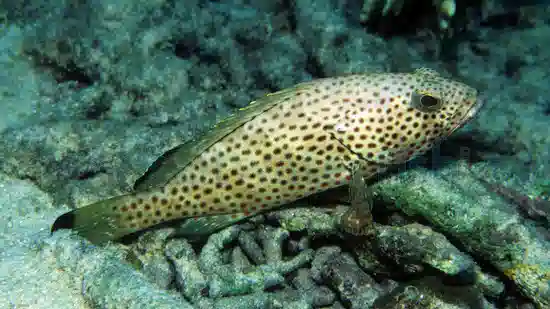
Red Hind Grouper - Atlantic
Epinephelus guttatus
(0 Reviews)
{{ item.name }}
Size: {{ item.extra_field_3 }}
${{ getFormattedPrice(item.saleprice) }} ${{ getFormattedPrice(item.price) }}
Free Shipping
With
$199.00
or more in Marine Life.
More details...
Red Hind Grouper - Atlantic Care Facts
| Care Level: | Moderate |
|---|---|
| Temperament: | Aggressive |
| Diet: | Carnivore |
| Origin: | Western Atlantic Ocean |
| Acclimation Time: | 3+ hours |
| Reef Safe: | No |
| Minimum Tank Size: | 250 gallons |
| Max Size: | 16 inches |
The Red Hind Grouper (Epinephelus guttatus) can be found among the western Atlantic Ocean and Caribbean. They have a pale pink or white body with red spots, as well as occasional brown splotches. In the wild they can reach sizes of 30 inches, though they typically reach around 18 inches in captivity. As is true for most groupers, they should not be kept with smaller fish or crustaceans, and would do best in a large fish only tank with other show size fish. They should be fed a carnivorous diet of meaty preparations, such as squid or silver sides on a regular basis and are not recommended for reef systems.
Red Hind Grouper (Epinephelus guttatus) - Vibrant Marvel for Saltwater Marine Aquariums
The Red Hind Grouper, scientifically known as Epinephelus guttatus, is a fascinating marine species that captivates aquarium enthusiasts with its vibrant colors and exciting behaviors. As a saltwater aquarium owner, understanding the essential aspects of keeping this species is crucial for providing the optimal environment for their well-being.
Habitat of Red Hind Grouper:
Originating from the Western Atlantic Ocean, the Red Hind Grouper is commonly found in coral reefs, rocky ledges, and deep drop-offs. Clear, warm waters with various hiding spots among rocks and crevices characterize their natural habitat.
Reef Compatibility of Red Hind Grouper:
The Red Hind Grouper is not considered reef-safe, making it a suitable choice for FOWLR aquariums. However, monitoring their behavior, especially during feeding, is essential as they might display territorial tendencies.
Size and Lifespan of Red Hind Grouper:
This species can grow up to 24 inches long, making it a medium-sized grouper. In captivity, with proper care and a suitable environment, they can live for an impressive 10 to 15 years, making them a long-term commitment for hobbyists.
Diet of Red Hind Grouper in Captivity:
Feeding the Red Hind Grouper in captivity is relatively straightforward. They are carnivores and thrive on a diet of high-quality pellets and frozen or live foods like shrimp, squid, and small fish. Providing a varied diet ensures they receive the essential nutrients needed for their overall health.
Aquaculture and Availability of Red Hind Grouper:
While aquacultured Red Hind Groupers are not widely available, efforts are being made to promote sustainable practices in the marine aquarium trade. It is recommended to source specimens from reputable suppliers who prioritize ethical and sustainable collection methods.
Compatibility with Other Fish and Invertebrates of Red Hind Grouper:
Red Hind Groupers exhibit a moderate temperament, making them compatible with various tank mates. However, caution should be exercised when choosing companions, significantly smaller fish that could be viewed as potential prey.
Sexual Dimorphism in Red Hind Grouper:
Sexual dimorphism in Red Hind Groupers is not visually apparent, making it challenging to distinguish between males and females based on external characteristics. Behavioral cues may become more noticeable as they mature.
Juvenile to Adult Coloration Changes in Red Hind Grouper:
Juvenile Red Hind Groupers typically display a striking pattern of dark bars against a lighter background, providing effective camouflage in their natural habitat. As they mature, these markings often fade, giving way to a more solid coloration, with the body taking on a reddish hue.
Temperament of Red Hind Grouper:
Known for their calm and solitary nature, Red Hind Groupers are generally well-behaved in aquarium settings. However, it is essential to provide adequate hiding spaces to reduce stress and promote a sense of security.
Tank Requirements for Red Hind Grouper:
- Minimum tank size of 250 gallons is recommended.
- A well-established reef aquarium with ample hiding spots and appropriate lighting.
Water Conditions for Red Hind Grouper:
- Maintain a pH range of 8.1 to 8.4.
- Salinity level of 1.023 to 1.025.
- Water temperature between 74 to 78 degrees Fahrenheit.
- Moderate water flow to simulate their native environment.
Other Common Names of Red Hind Grouper:
The Red Hind Grouper is known by other common names, including the Strawberry Grouper, Starry Grouper, and Red Spotted Rockcod.
Five Compatible Tank Mates for Red Hind Grouper:
- Blue Tang (Paracanthurus hepatus): Known for their vibrant blue coloration and peaceful demeanor.
- Coral Beauty Angelfish (Centropyge bispinosa): A stunning addition with striking color patterns.
- Green Wolf Eel (Congrogadus subducens): Adds a touch of elegance with its unique swimming behavior.
- Cleaner shrimp (Lysmata amboinensis): Known for its role in cleaning parasites off of fish.
- Large Angelfish (Various Species): Known for their active nature and vibrant coloration
Why Choose Red Hind Grouper from Saltwaterfish.com:
At Saltwaterfish.com, we prioritize the well-being of marine species and offer a diverse selection of high-quality, responsibly sourced fish. Our Red Hind Groupers are handpicked to ensure they meet the highest standards of health and vitality. With our commitment to sustainability and customer satisfaction, choosing the Red Hind Grouper from Saltwaterfish.com guarantees a beautiful and thriving addition to your saltwater aquarium.
Currently Red Hind Grouper - Atlantic does not have any reviews.


